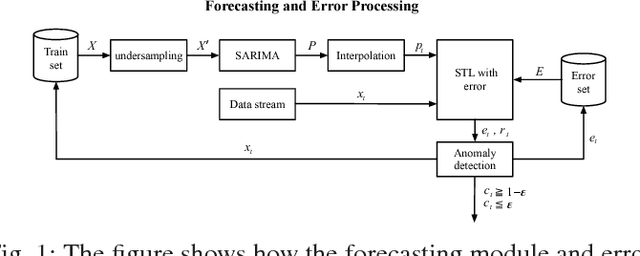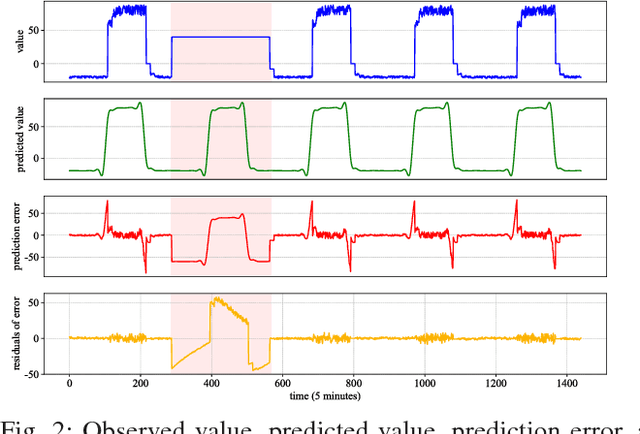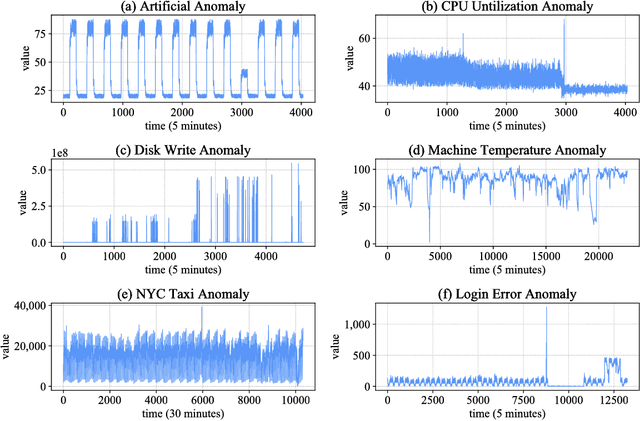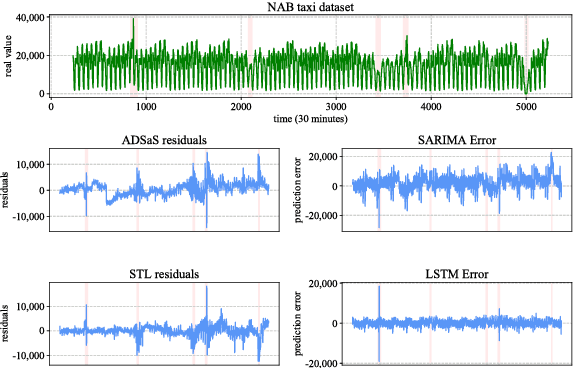ADSaS: Comprehensive Real-time Anomaly Detection System
Paper and Code
Nov 30, 2018



Since with massive data growth, the need for autonomous and generic anomaly detection system is increased. However, developing one stand-alone generic anomaly detection system that is accurate and fast is still a challenge. In this paper, we propose conventional time-series analysis approaches, the Seasonal Autoregressive Integrated Moving Average (SARIMA) model and Seasonal Trend decomposition using Loess (STL), to detect complex and various anomalies. Usually, SARIMA and STL are used only for stationary and periodic time-series, but by combining, we show they can detect anomalies with high accuracy for data that is even noisy and non-periodic. We compared the algorithm to Long Short Term Memory (LSTM), a deep-learning-based algorithm used for anomaly detection system. We used a total of seven real-world datasets and four artificial datasets with different time-series properties to verify the performance of the proposed algorithm.
 Add to Chrome
Add to Chrome Add to Firefox
Add to Firefox Add to Edge
Add to Edge